Siamese algae eater - Crossocheilus siamensis
Scientific name: Crossocheilus siamensis
Common name: Siamese algae eater
Family: Cyprinidae
Usual size in fish tanks: 13 - 16 cm (5.12 - 6.3 inch)
014
Recommended pH range: 6.5 - 8
Recommended water hardness: 4 - 18°N (71.43 - 321.43ppm)
0°C 32°F30°C 86°F
Recommended temperature range: 23 - 27 °C (73.4 - 80.6°F)
The way how these fish reproduce: Spawning
Where the species comes from: Southeast Asia
Temperament to its own species: peaceful
Temperament toward other fish species: peaceful
Usual place in the tank: Middle levels
Short description
The Siamese algae eater (Crossocheilus siamensis) is one of the most effective algae-eating freshwater fish. It is valued for its ability to graze on black beard algae (BBA) and other problem algae that few fish will touch. They are peaceful, active schooling cyprinids that should be kept in groups of 5 or more in a spacious, well-oxygenated aquarium.
Origin
Native to Southeast Asia (Thailand, Cambodia, Laos, Malaysia). Found in rivers and streams with moderate current, sandy or rocky bottoms, and abundant aquatic vegetation.
Food and feeding
In the aquarium, SAE will graze constantly on algae films and soft vegetation. Provide a varied diet to keep them healthy: sinking algae wafers, spirulina pellets, blanched vegetables (zucchini, spinach, cucumber), and occasional protein foods (bloodworms, small crustaceans). Do not rely solely on algae; supplement feeding is essential once natural algae growth is reduced.
Sexing
Sexing is difficult. Mature females are usually larger and fuller-bodied than males, but there are no clear external differences.
Breeding
Crossocheilus siamensis has not been successfully bred in home aquaria on a regular basis. Commercial breeding is believed to occur in large outdoor ponds with the use of hormones. In captivity, reports of spontaneous spawning are extremely rare.
Lifespan
With proper care, Siamese algae eaters typically live 8–10 years, significantly longer than the 4–5 years often quoted.
Behavior & compatibility
SAE are peaceful community fish but very active, constantly darting around the tank. They do best with similarly sized, non-aggressive fish such as tetras, rasboras, rainbowfish, and gouramis. Avoid combining with aggressive cichlids or slow, delicate species. Keep in groups to reduce stress and to see natural schooling behavior.
Tank requirements
- Tank size: minimum 150 L (40 gal) for a small group.
- Aquascape: sand or smooth gravel substrate, driftwood, and hardy plants; leave open swimming areas.
- Flow & oxygen: prefer moderate current and high oxygen levels; use strong filtration and aeration.
- Water: pH 6.5–8.0, soft to moderately hard water, stable temperatures 23–27 °C.
Identification tips
True Siamese algae eater can be recognized by the continuous black stripe that runs from the tip of the snout through the tail fin. Unlike similar species (Epalzeorhynchos kalopterus, Crossocheilus oblongus), the stripe does not end before the tail and there are no colored edges on the fins. Correct identification is important, as only the true SAE eats black beard algae reliably.
Picture
Bought by aqua-fish.net from jjphoto.dk. The second picture was provided by pitugo.



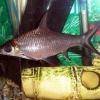 Bala
Bala 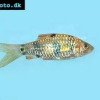 Spotted
Spotted  Golden
Golden  Tinfoil
Tinfoil 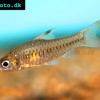 Congo
Congo 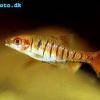 Blue-barred
Blue-barred 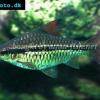 African
African 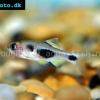 Butterfly
Butterfly 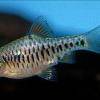 Olivegreen
Olivegreen 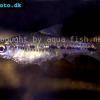 Morse
Morse 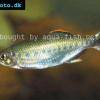 Jerdon’s
Jerdon’s 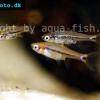 Mosquito
Mosquito 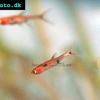 Dwarf
Dwarf 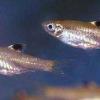 Eyespot
Eyespot 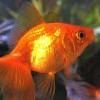 Goldfish
Goldfish 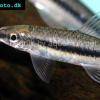 Penguin
Penguin  Koi
Koi  Pearl
Pearl 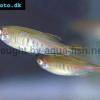 Glowlight
Glowlight 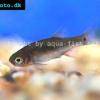 Crossbanded
Crossbanded 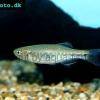 Yoma
Yoma 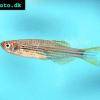 Orange
Orange 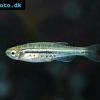 Dwarf
Dwarf  Zebra
Zebra 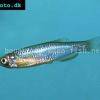 Rose
Rose 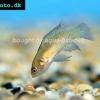 Red
Red 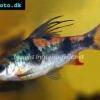 Arulius
Arulius 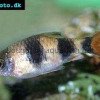 Tambraparni
Tambraparni 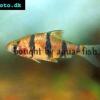 Fiveband
Fiveband 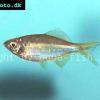 Bengal
Bengal  Tiger
Tiger  Malabar
Malabar 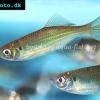 Queen
Queen  Hora
Hora  False
False 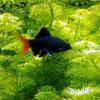 Redtail
Redtail 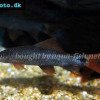 Rainbow
Rainbow 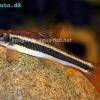 Flying
Flying 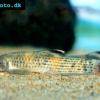 Garra
Garra 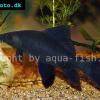 Black
Black 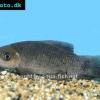 Purple
Purple 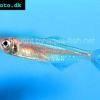 Burmese
Burmese 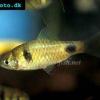 Dwarf
Dwarf  Isok
Isok  Rosy
Rosy  Two
Two 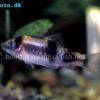 Melon
Melon 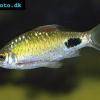 Black-spot
Black-spot 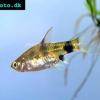 Golden
Golden 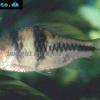 T-Barb
T-Barb 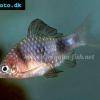 Ruby
Ruby 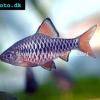 Checkered
Checkered  Rhomb
Rhomb 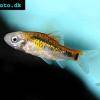 Gold
Gold 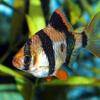 Tiger
Tiger  Cherry
Cherry  Brittan’s
Brittan’s  Greater
Greater 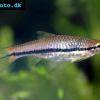 Long-band
Long-band  Twospot
Twospot 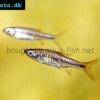 Reticulate
Reticulate 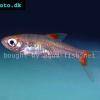 Cherry
Cherry 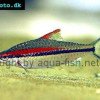 Denison
Denison 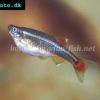 White
White 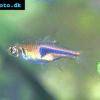 Lambchop
Lambchop  Harlequin
Harlequin